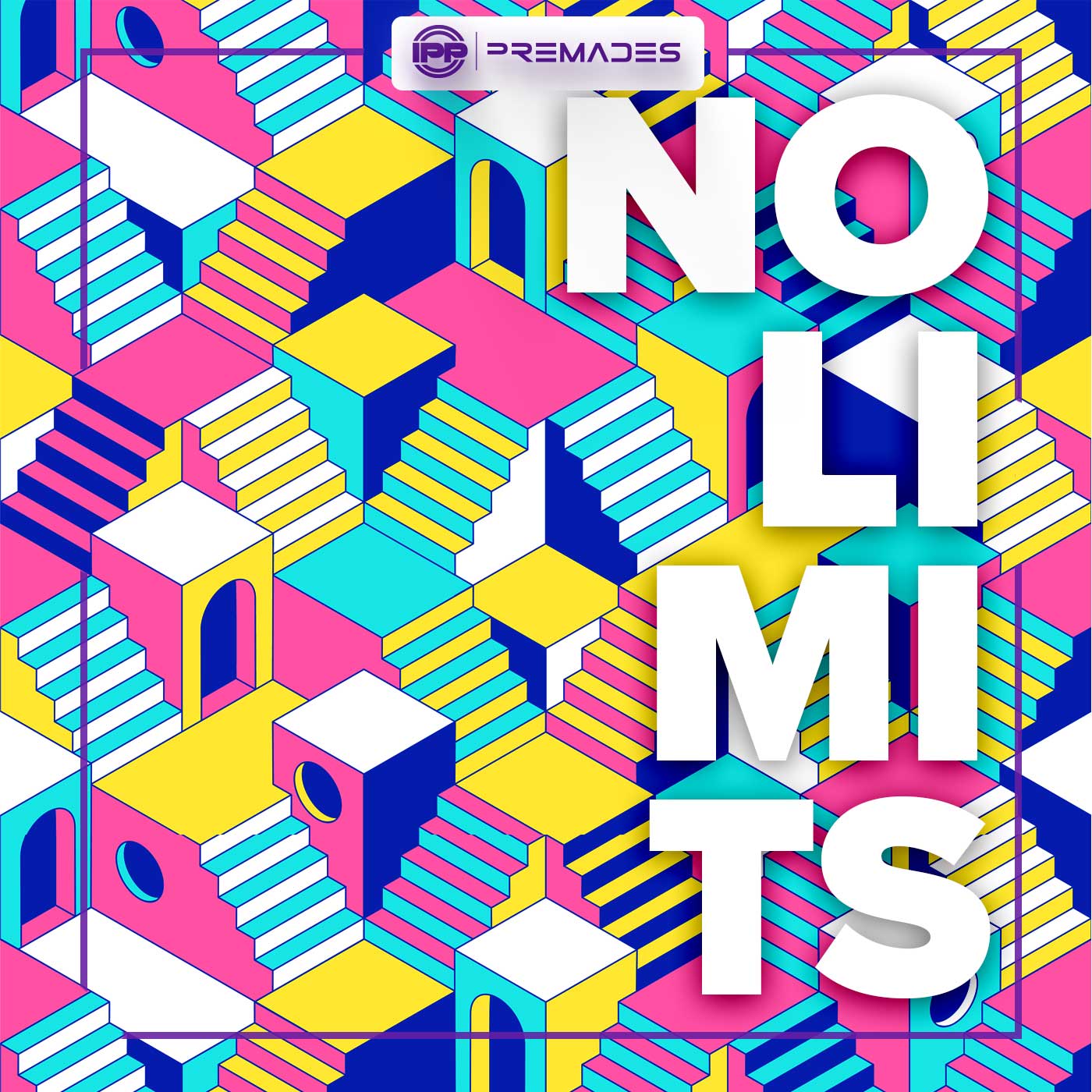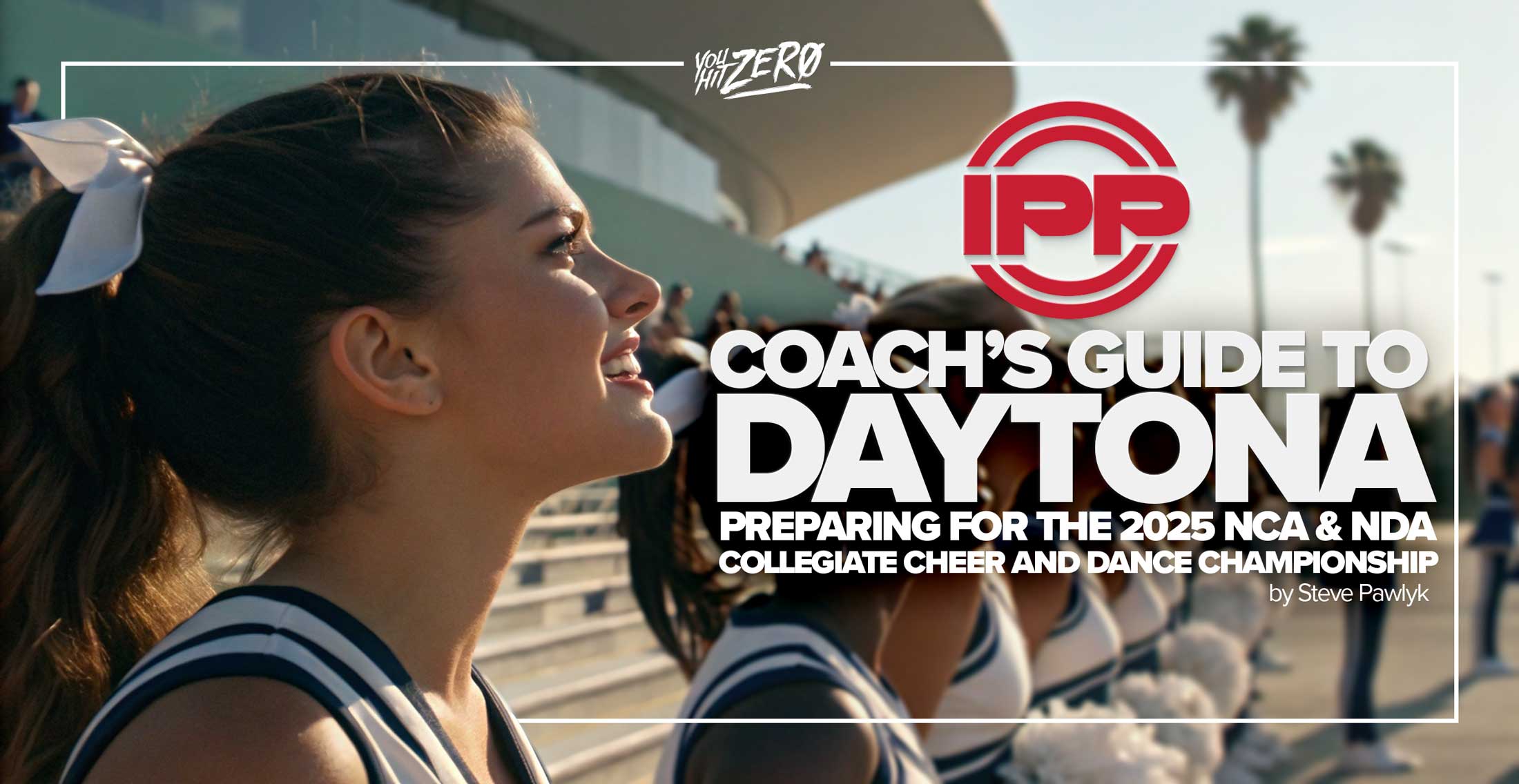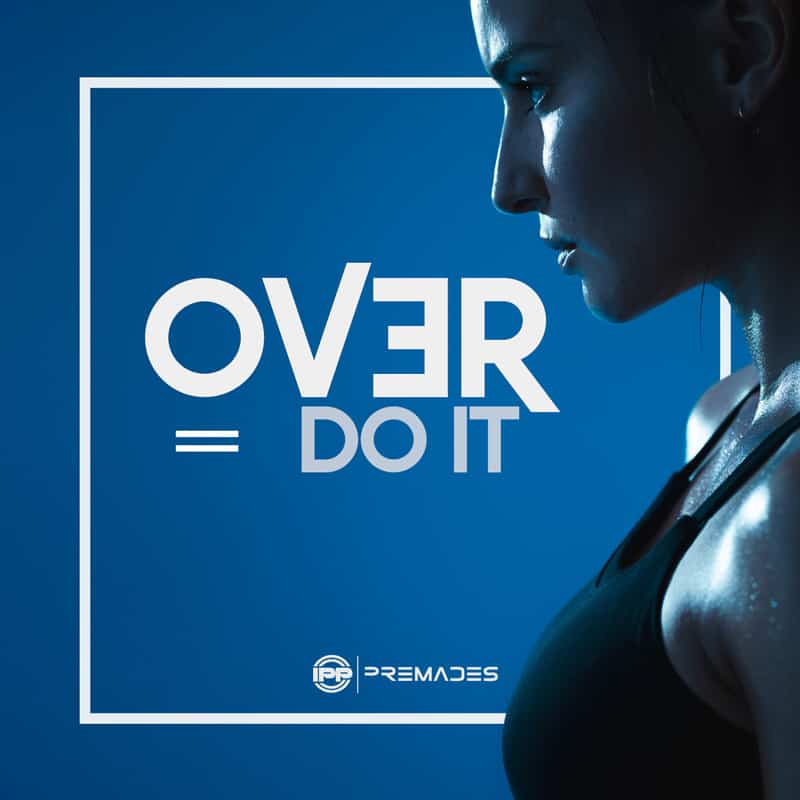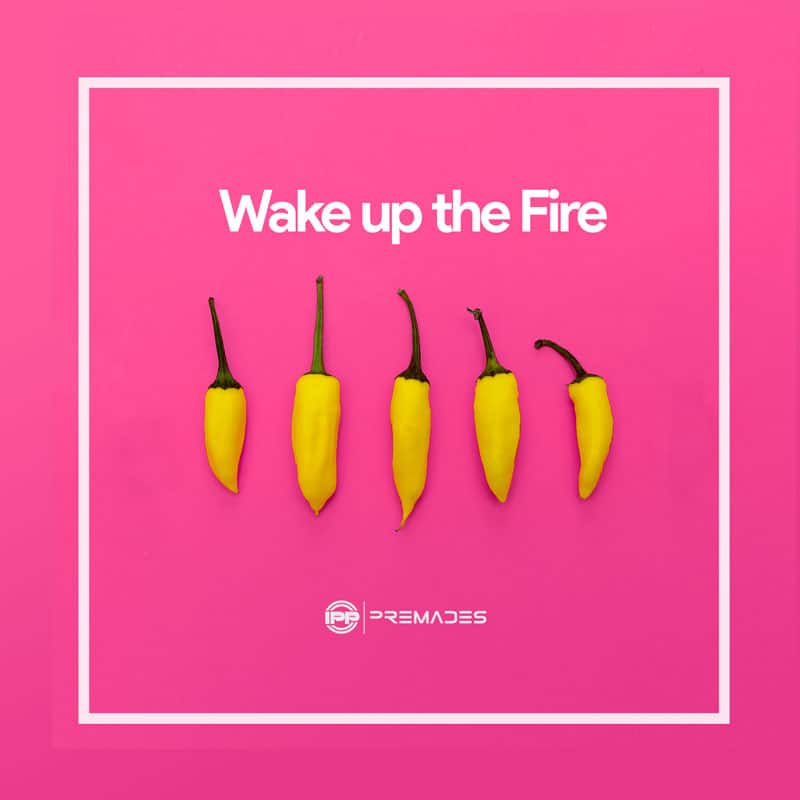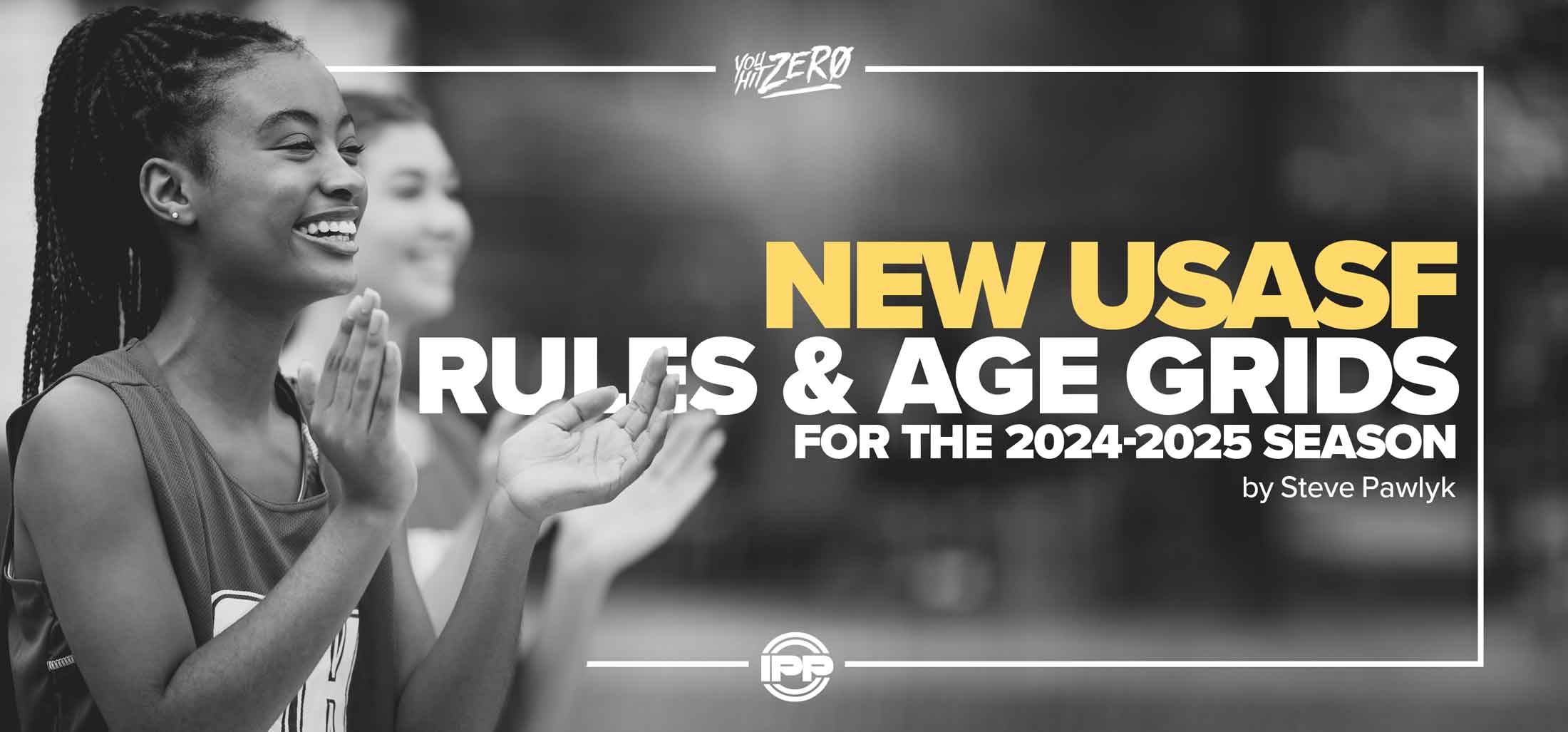By Steve Pawlyk
Published February 25, 2025
Preparing for the NCA & NDA Collegiate Cheer and Dance Championship in Daytona Beach is a monumental task that requires strategic planning, rigorous training, and meticulous attention to detail. As a coach, your role is pivotal in guiding your team to success. Below are comprehensive strategies and insights to help you and your athletes excel at this prestigious event.
Understand the Championship Structure and Schedule
If you want your team to feel confident and prepared, now’s the time to get familiar with every detail of the competition setup. The more you know about the event’s layout, schedule, and performance logistics, the better you can plan ahead and avoid last-minute surprises.
1. Competition Venues
This event takes over multiple locations in Daytona, and each performance space has its own vibe, challenges, and logistical factors to consider. Here’s what you need to know about the two major venues:
- 🏟 The Ocean Center (Indoor Venue)
This is where Prelims and Finals for many divisions take place. It’s a fully enclosed arena, so lighting, acoustics, and crowd noise will feel different from an outdoor setting.
The mat placement and spectator seating layout can impact how your routine is perceived, so try to review past performances in this space to see what works best.
Expect strong air-conditioning—something to consider for warm-ups if your athletes are used to practicing in a warmer gym. - 🌊 The Daytona Beach Bandshell (Outdoor Venue)
This is one of the most iconic performance stages in cheerleading, where top teams compete with the ocean as their backdrop.
Weather plays a role here—humidity, wind, and bright sunlight can all impact your routine. Be prepared for adjustments!
The sound carries differently outdoors, so your team should practice projecting their voices and energy more than they would in an enclosed space.
- 💡 Pro Tip: If your team is competing in multiple locations, plan for extra transition time between venues. The walk from the Ocean Center to the Bandshell isn’t far, but moving a large group through the crowds can take longer than expected.
2. Stay on Top of the Event Schedule
- Knowing when and where your team performs is just as important as perfecting the routine. Here’s what to do:
- 📅 Check the Preliminary and Final Performance Orders Early
The official schedule and performance order are usually released closer to the event date. Keep checking the NCA & NDA website (Varsity.com) and your coach’s email for updates. - Double-check call times and warm-up slots so you can create a competition-day timeline that keeps your team on track.
- ⏳ Build in Extra Time for Everything
Between staging areas, warm-up zones, and travel time, things always take longer than expected.
Account for extra minutes when moving between practice areas and performance spaces to avoid rushing or missing a crucial warm-up moment. - 📢 Know the Awards Schedule
Awards ceremonies can feel chaotic if you don’t know where to go and when.
If your team is competing in multiple divisions, make sure you know which award announcements they need to be present for so nobody misses their moment on stage.
3. Monitor Official Updates
- 🏆 Follow the NCA & NDA Website & Socials
- Schedules can change, and last-minute updates about weather, venue shifts, or rule clarifications might be posted online.
- Follow Varsity and NCA & NDA on social media for real-time updates—especially if you’re competing at the Bandshell where weather can be unpredictable.
- 📱 Set Up a Team Communication System
- Use a group chat or app like BAND or GroupMe to instantly relay any changes to your team, parents, and staff.
- If your schedule changes, make sure everyone knows where to be and when—especially for warm-ups and performance times.
2. Make Small Tweaks to Maximize Crowd Engagement
Daytona is coming up fast, there’s no time for massive overhauls—but small, strategic changes can make a huge difference in how the crowd reacts to your routine. Here are some last-minute adjustments that can take your performance from great to unforgettable:
1. Play to the Crowd—Literally
- Find moments in your routine where your team can make eye contact, point, or interact with the audience. Even a well-placed smirk, wink, or fist pump can make the crowd feel like they’re part of the performance.
- If you’ve got a signature chant, dial it up—encourage teammates on the sidelines to echo key words, making it feel bigger and more powerful.
2. Add a Quick Hit of Showmanship
- Fight song-style moments—where the whole team claps or motions together—can amplify energy without changing choreography.
- If your routine has a quick pause, try adding a synchronized head snap, chest pop, or pose to emphasize the moment and give the audience a second to react.
- Use facials intentionally—a well-timed “WOW” face after a big trick makes it look even more impressive.
3. Adjust Your Formation for Maximum Impact
- If your pyramid or dance section looks a little flat, consider tightening the spacing slightly so the effect reads bigger from the audience’s perspective.
- Keep front-facing athletes aware of where the cameras are so your routine translates well for livestream and judges’ views.
4. Pump Up the Sideline Energy
- Even when they’re not performing, your non-competing athletes should stay animated, clap, and react to big moments. This keeps the energy up and helps influence the crowd to get involved.
- Assign a few teammates to lead claps, call out hype words, or react to big stunts to keep the momentum building.
5. Test a Crowd Cue
- If you have a moment in your routine where the crowd could shout something back, start practicing it now! Even a simple “LET’S GO!” or “HEY!” at the right time can turn the crowd into part of the show.
- Have the team practice performing with full-out energy, imagining the crowd roaring behind them. The more confident they are in getting a response, the better it will land.
6. Fine-Tune Your Music Timing
- Double-check that key beats in your music align with power moves, transitions, and final poses to get maximum audience reaction.
- If there’s a hype section, make sure athletes emphasize their movements there—even an extra arm snap or high-energy bounce can make a difference.
It’s About the Feeling
At this stage, it’s not about perfecting every single motion—it’s about maximizing connection with the crowd and judges. The more engaged and excited your team is, the more the audience will feed off their energy. Make small tweaks like these, and you’ll turn heads 🔥🏆
3. Scout and Learn from Top Competitors
Looking back at previous NCA & NDA Collegiate Cheer and Dance Championships can really help you understand the competition and see the high standards top teams set. By studying what these programs have achieved, you can find inspiration and set benchmarks for your own team’s preparation.
Notable Champions from Recent Years:
- University of Louisville All-Girl Cheer Squad: Demonstrating consistent excellence, the University of Louisville’s All-Girl Cheer Squad secured their tenth consecutive national championship in 2024, edging out competitors by a margin of just over 0.02 points. Go Cards
- Weber State University: In 2023, Weber State University clinched the Large Coed Grand National Championship with an impressive score of 98.0833, showcasing their superior skills and synchronization.
Cheer Updates - Brigham Young University (BYU) Cougarettes: BYU’s dance team, known as the Cougarettes, has a storied history of success, amassing 26 national championships as of 2024. Their dominance spans multiple categories, including Jazz and Hip Hop divisions.
Wikipedia - Navarro College: Under the guidance of coach Monica Aldama, Navarro College’s cheerleading team has achieved remarkable success, securing 16 NCA National Championships in the Advanced Large Coed division since 2000.
Wikipedia - Davenport University: Davenport’s cheerleading program has demonstrated consistent excellence, winning multiple NCA National Championships across various divisions, including titles in 2013, 2014, 2015, 2016, and 2017.
Wikipedia
4. Plan Logistically for a Smooth Experience
The last thing you want is avoidable stress throwing off your team’s rhythm. A little extra planning on the logistics side can keep everyone calm, focused, and ready to perform at their best. Here’s how to tighten things up in the final stretch.
1. Lock in Your Travel Game Plan
You probably already have flights, buses, or carpool plans set in stone, but now’s the time to double-check everything:
✔ Confirm departure times and ensure everyone knows when and where to meet. If you’re flying, remind the team about baggage policies (nobody wants to be THAT person holding up security).
✔ Have a backup plan—delays happen, so make sure you have a cushion in your schedule, especially if you’re flying into Orlando and driving to Daytona.
✔ Keep the team fueled and hydrated—if you have long travel days, pack easy-to-eat snacks (protein bars, fruit, and electrolyte drinks are lifesavers).
2. Make Sure Your Hotel Setup Works for Your Team
Your hotel is more than just a place to sleep—it’s your team’s home base for the competition, so a few small tweaks can make the experience smoother:
🏨 Room Assignments Matter—Pair athletes strategically so they actually get some rest (avoid the “up-till-3 AM giggling” combo).
🏨 Stock Up on Essentials—Plan a quick grocery run for bottled water, light snacks, and whatever small things keep your team comfortable.
🏨 Transportation to the Venue—If you’re not within walking distance, figure out the best way to get to the competition site ahead of time. Delays from waiting on Ubers or traffic can throw off your timeline.
3. Plan Out Your Practice & Warm-Up Time in Daytona
The competition floor feels totally different from your home gym, so the more familiar your team gets with it, the better they’ll perform. Here’s how to maximize your practice time:
📅 Know your assigned practice slot—Check and re-check the schedule so you don’t miss your chance to run full-outs before hitting the mat.
📅 Scout nearby practice spaces—Not all teams will get as much official warm-up time as they’d like, so some coaches arrange for off-site practices at local gyms, hotel ballrooms, or even open spaces on the beach.
📅 Simulate the performance environment—Have your team practice with full-out energy, facials, and crowd engagement just like they’ll need to on competition day.
4. Keep the Team Organized & Stress-Free
The more structure and predictability you provide, the less stress your athletes will feel:
✅ Create a daily itinerary—Lay out everything from wake-up times to practice sessions to meal breaks, so nobody has to guess what’s next.
✅ Pack smart—Encourage athletes to do a “full-dress rehearsal” at home so they don’t forget anything (nothing worse than realizing you left your cheer shoes behind).
✅ Assign roles—Designate someone to handle last-minute runs for forgotten items and another person to keep everyone on schedule during competition day.
5. Encourage Community and Family Involvement
Building a support network enhances the experience:
- Communication: Keep families informed about schedules, expectations, and ways they can support the team.
- Appreciation Events: Host gatherings to thank supporters and build a sense of community around your program.
By implementing these strategies, you can lead your team to a successful and enriching experience at the NCA & NDA Collegiate Cheer and Dance Championship. Remember, thorough preparation, adaptability, and a positive mindset are key components of competitive excellence.
By examining the routines, training methods, and performance strategies of top programs, you can gain valuable insights. Incorporating innovative choreography, rigorous conditioning, and fostering team unity can elevate your team’s performance. Understanding the judging criteria and tailoring successful techniques to your team’s strengths can also give you a competitive edge. Learning from these successful programs allows you to refine your coaching strategies and better prepare your team for the challenges of the NCA & NDA Collegiate Cheer and Dance Championship.
IPP's Premade Mixes are USA Cheer Compliant and customizable! Add Sound FX, swap songs, & more! Add your Team Name to the mix for only $10!


